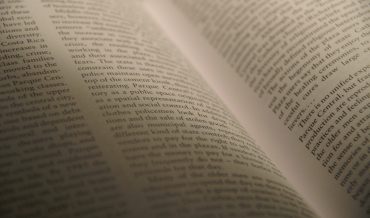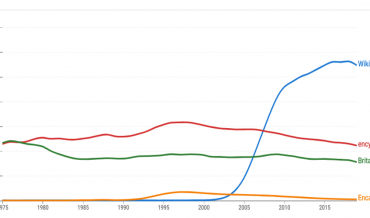Overview Text analysis, also known as, “text mining” is a computational method or technique used to extract large amounts of ‘unstructured’ data from documents and texts in their online forms (Reardon,2020). Many people who research using text analysis tools, use it to collect specific information from the texts they are
- May 27, 2022
It is often commented that 80% of the work of data science is data cleaning, while only 20% is analysis (Browne-Anderson, 2018). Despite this, the actual contents of what data cleaning entails is largely obscured, often dismissed as a tedious and laboursome yet necessary exercise (Rawson and Muñoz, 2019). While
- May 27, 2022
Text analysis can be a very general term. It’s often used to describe computational tools that analyse text (Reardon, 2020). Though computational tools that analyse text in computational text analysis, or machine analysis, are prevalent, human text analysis has provided a fundamental basis. A comparison of the two, as well
- May 26, 2022
Leaflet (https://leafletjs.com) is a JavaScript library for adding interactive maps to websites. It is an alternative to Google Maps, and while requiring more effort to set and use, it can give the designer more control over the resulting website. Leaflet is used by sites such as Glottolog (https://glottolog.org) and the
- May 25, 2022
The use of artificial intelligence in GLAM sectors Artificial intelligence has become a compelling technology applied in GLAM sectors in the recent decade. In cultural heritage institutions, AI could be used for accessing data, analyzing data, and categorizing data to help researchers conduct studies and collaborate with art, history and
- May 25, 2022
Creating a 3d model can be done through computer software such as Fusion 360, Blender, Tinkercad, etc. . The artists can use models for a multitude of purposes: animation, games, visual data, art, and so on, essentially a 3d canvas. For now, this passage will focus on the creation of
- May 22, 2022
The Google Ngram Viewer is an online search engine that charts the frequencies of searched word strings, using a yearly count of n-grams found in Google’s text corpora. In the context of humanities research, it is a useful tool for social linguistic research for both historical and contemporary context, as
- May 18, 2022
What is infrapolitics Infrapolitics is suggested by James C. Scott (Bourbeau et al., 2018). He explains how subordinating people confront authority and force through being lazy, dissimulation, pretending to follow, and avoiding sanctions (Scott, 2008). The mass is considered subordinating because they are underprivileged against the power. Their style of
- April 1, 2022
Gender inequality is a historical problem that exists in all areas of society, which appears in the household, in the workspace, and also in academia (Huang et al.,2020). In 1914, the British Association for the Advancement of Science held its annual conference in Australia. more than 300 of the world’s
- April 1, 2022
What is it We all know what a hashtag is: it brings attention to a topic is a post or social media, it stemmed from an idea by Chris Messiner back on August 23rd, 2007 when he thought of an idea to use the hashtag as a way to group
- March 28, 2022






